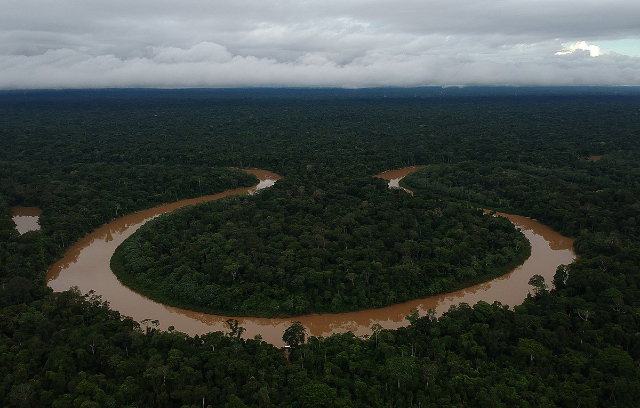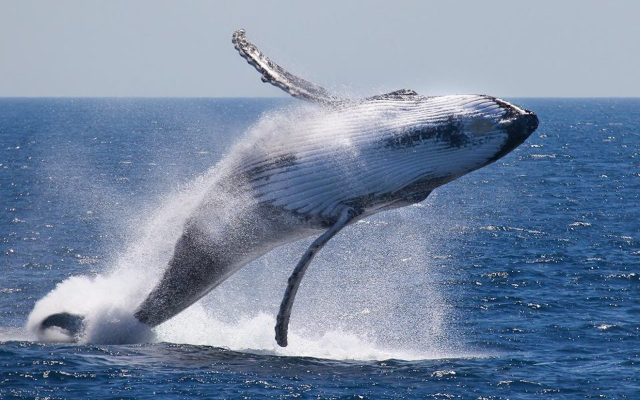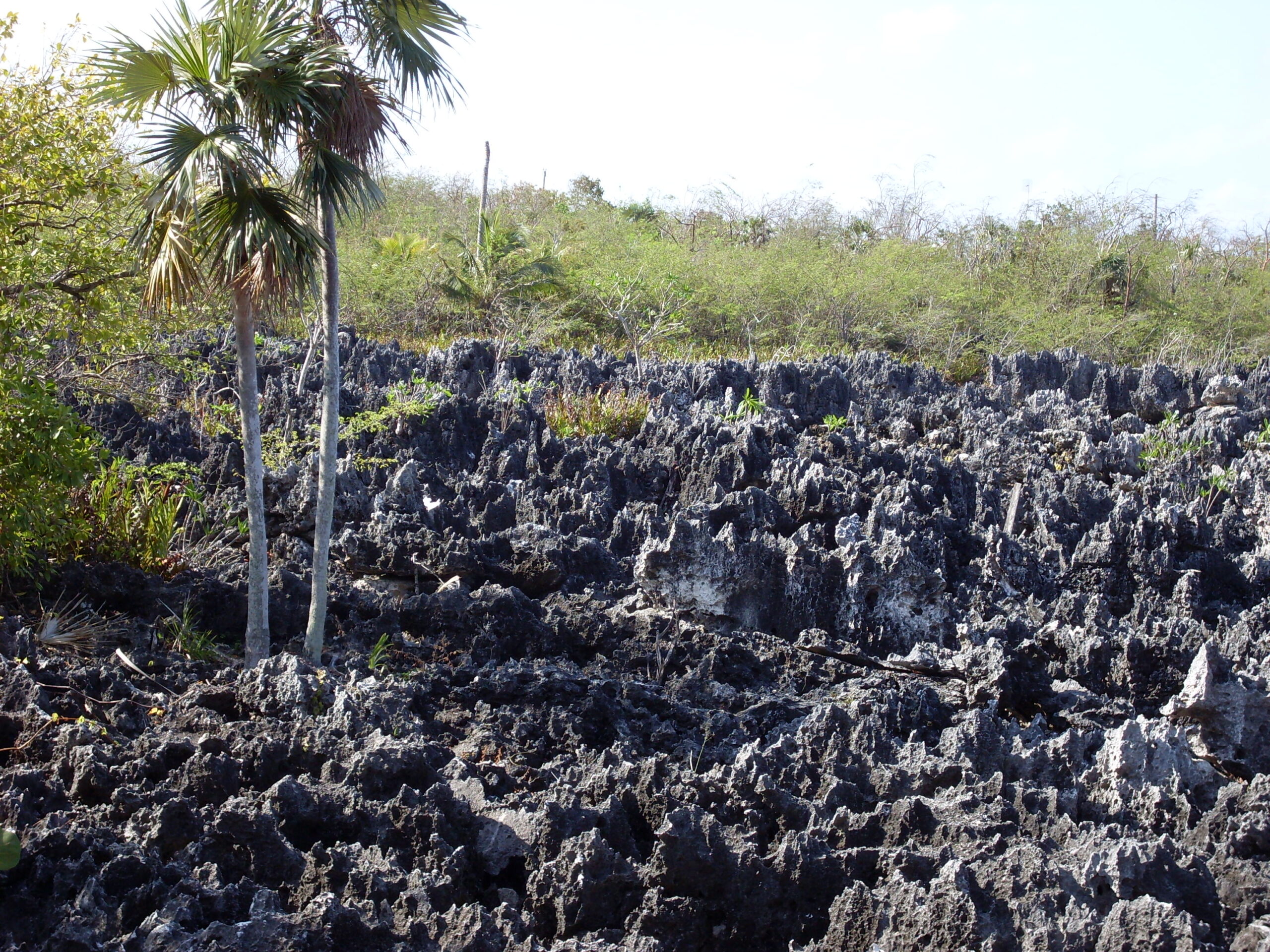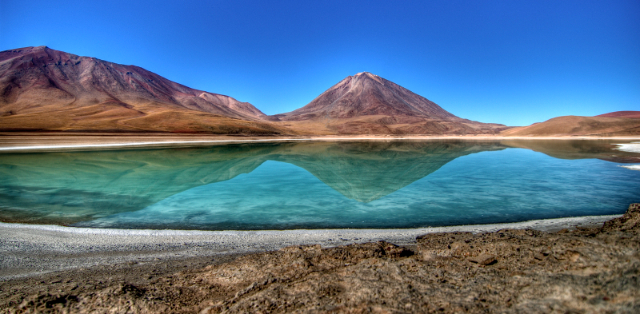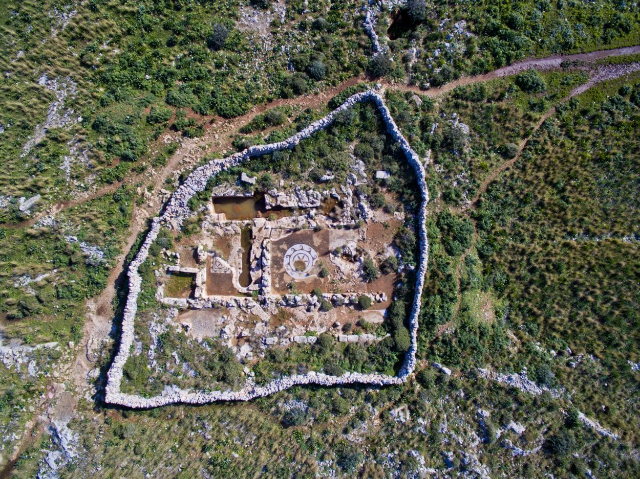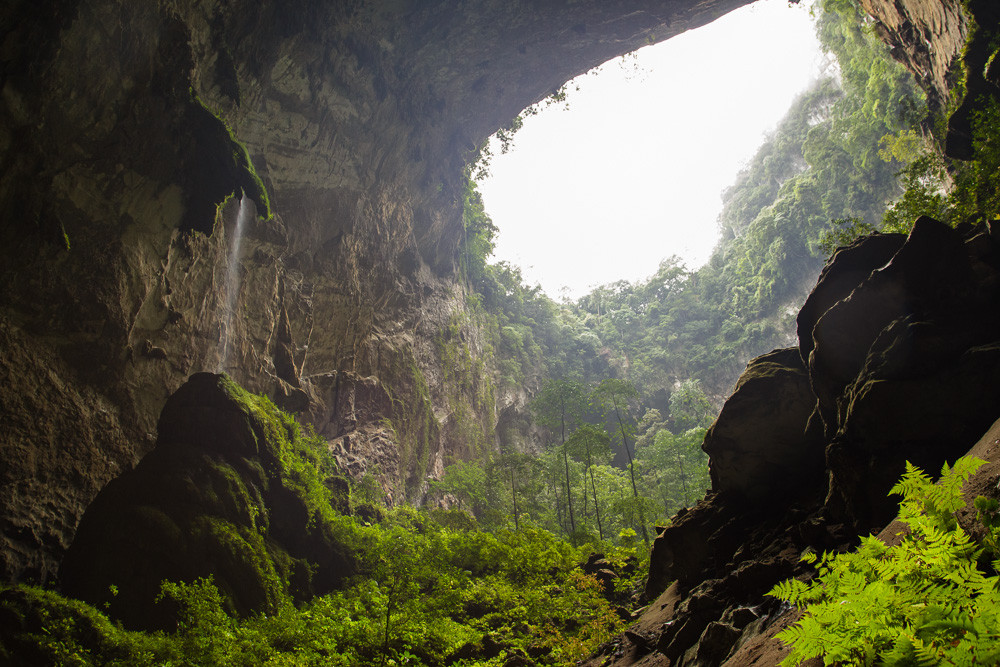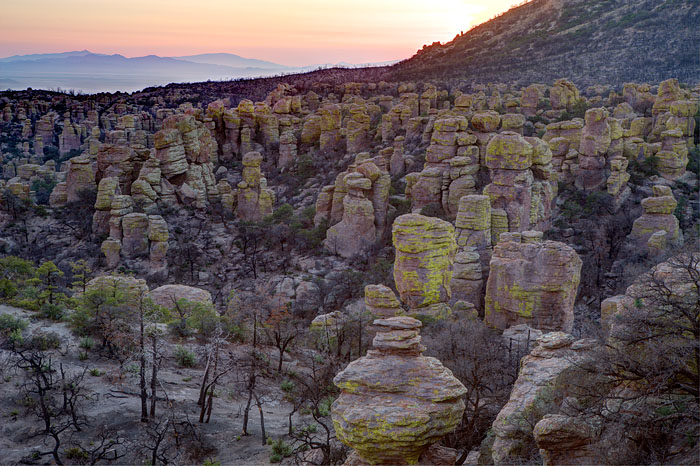Situated in Brazil, the Vale do Javari stands as an intriguing testament to the untouched expanses of our planet. Spanning an enormous 85,444.82 km2, this area surpasses the size of several countries. What sets it apart is not just its vastness but the fact that it is officially recognized as the most unexplored land accessible to humans.
Indigenous Peoples and Autonomous Tribes: Within the Vale do Javari’s borders reside approximately 2,000 indigenous people, belonging to 15 to 20 tribes. Remarkably, these tribes remain un-contacted, living autonomously and disconnected from government influence. Their existence is a testament to the resilience of traditional ways of life.
Preservation Efforts and Restrictions: To safeguard the pristine nature of this territory, stringent restrictions have been imposed. These measures aim to prevent any external interference, such as deforestation or oil mining. Additionally, access for visitors is strictly prohibited, contributing to the preservation of both the environment and the uncontacted tribes.
Historical Significance: The Vale do Javari holds historical significance, with traces of ancient civilizations dating back to the 16th century. It was a known site for tribes when the Spanish explorers landed in the region. The area is believed to harbor ruins, sparking curiosity about the potential existence of lost Amazonian cities.
Challenges and Conservation Efforts: Despite its isolation, the Vale do Javari faces challenges from external forces seeking to exploit its resources. Conservationists and indigenous rights advocates work tirelessly to protect this unique ecosystem, emphasizing the need for sustainable practices and respect for the autonomy of the tribes.
Mysteries of the Unexplored: The remoteness of the Vale do Javari adds an air of mystery, inviting exploration and discovery. The untouched landscapes and the hidden stories of the tribes contribute to its allure, making it a subject of fascination for those intrigued by the unknown.
In essence, the Vale do Javari stands not only as a geographical marvel but as a symbol of the delicate balance between preservation and exploration, raising questions about our responsibility to protect the world’s last frontiers.

